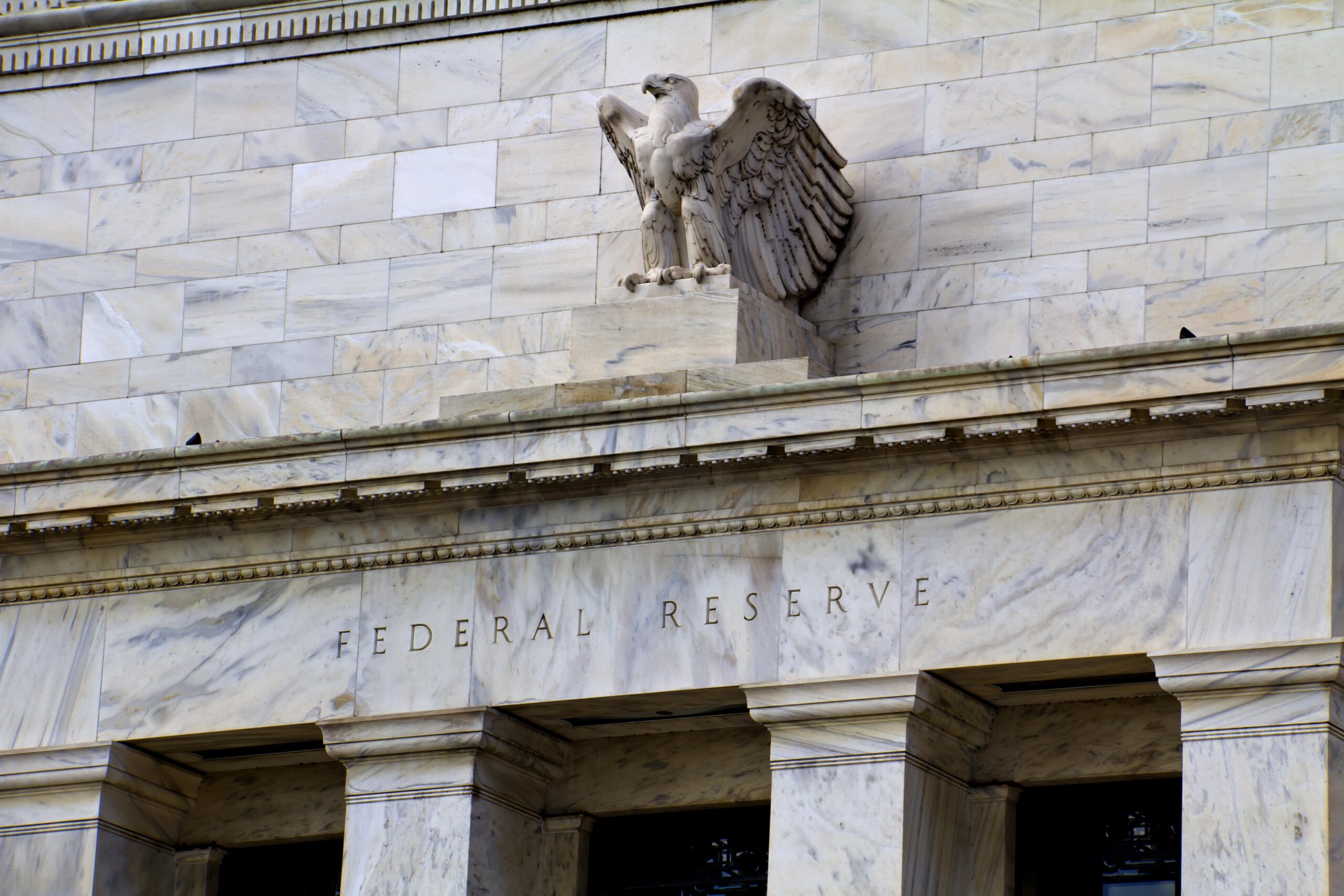
The information provided is based on the published date.
Key takeaways
- The US economy added 353,000 jobs in January, almost doubling predictions
- The relatively balanced labor market means most people have stable employment
- There is concern about what could happen if companies decide to hire less or lay off more employees
- The Fed's focus has shifted from employment to inflation, and they are willing to cut rates if inflation remains low regardless of strong economic growth
- The stock market reacted negatively at first but ultimately closed at an all-time high due to the potential for continued economic strength and company profit growth
The economy added 353,000 jobs in January, the best monthly gain since late 2022, which could indicate that the US economy is regaining momentum. In addition, the Labor Department revised up the prior two months by 126,000.
Together, this paints a pretty different picture of where the labor market stands today. So, what does this mean for the Fed, and how will this affect your portfolio and overall financial plan?
Here are our thoughts.
A very strong report in all respects
This report was surprisingly strong, no matter how you look at it. According to Bloomberg’s economist survey, the +353,000 gain was almost double what economists had expected. In addition, the significant upward revision to December’s report could indicate that hiring is picking back up.

This relatively large gain pushes the six-month average payroll gain to +248,000. This is right in the middle of the normal historical growth rate of employment during non-recessionary, non-inflationary periods. In other words, payroll gains in this range have historically been consistent with solid economic growth and low inflation.
Other indicators suggest labor market continues to cool
One reason why economists were caught by surprise with this strong payroll report is that other labor market indicators haven’t been improving. The Job Openings and Labor Turnover Survey (JOLTS) indicates that both the rate of hiring and the number of employees quitting have slowed materially. Both are now below the average from 2014 to 2019.

This tells us that companies aren’t hiring, and people aren’t changing jobs much. Perhaps one is causing the other.
If you add in the fact that layoffs are also unusually low right now, it tells us that the labor market is relatively well-balanced. Most people have jobs, but they are sticking with the ones they have.
So why does the payroll number look so good while the hiring rate is weak? It is probably just an artifact of how low layoffs are.
Typically, when the hiring rate has been as low as it is now, the layoff rate has also been much higher. We’ve never had this low a level of hiring and layoffs before.
The worry is, what happens if companies decide to hire slightly less or lay off somewhat more? There isn’t much room for error.
Wage gains a bit confusing
Inflation is ultimately a function of consumer spending outpacing the economy’s ability to produce. Consumers need more income to spend more. This is why economists have focused on the pace of wage gains when analyzing these job reports. If wage growth remains too rapid, it could stoke more inflation.
At a glance, wage growth seemed very rapid this month. For just January, the Labor Department’s Average Hourly Earnings measure rose 0.6%, the biggest monthly gain since March 2022. That brought the year-long figure to +4.5%.
That would be worrisome, except it appears just to be a statistical anomaly. When the Labor Department calculates Average Hourly Earnings, it simply divides the total wages paid by companies by the number of hours worked.
When a large number of employees miss work, say because of weather, that drives down hours worked. But because numerous workers are salaried, total earnings tend not to drop as much.
That happened in January—hours worked dropped to the lowest level since March of 2020 when COVID raged through the economy, and firms were sending everyone home. This is almost certainly a one-off related to the weather, which overstates the hourly earnings figure.
We prefer to use Average Weekly Earnings when analyzing inflation potential. It has fewer distortions from things like weather and better reflects the actual change in take-home pay for consumers.
In January, Average Weekly Earnings actually declined fractionally and have only risen at a 2.9% annual pace in the last three months. That’s down from 4.9% in July 2023, slightly higher than the 2014-2019 average of 2.7%.
Fed no longer focused on employment
After the January Federal Reserve meeting, Chair Jerome Powell said, “We’re not looking for a weaker labor market” and that they no longer viewed a strong economy as a “problem” regarding inflation.
Powell is basically saying that the Fed now sees current labor market conditions as consistent with continued disinflation. Whereas once he believed the economy needed to weaken to bring inflation down, the recent rapid decline of inflation has changed his mind.
This means that the Fed is just as likely to cut rates sometime in the next couple of meetings despite this very strong jobs report. Almost no matter what happens with employment or economic growth, the Fed will cut soon as long as inflation doesn’t materially rebound.
Market reaction
The immediate market reaction to this jobs report reiterates a point we have been making for a while:
2024 stock market performance will be about earnings and economic growth, with the Fed being a secondary factor at best.
The chart below shows trading in S&P 500 futures, which essentially mirror the real S&P 500 but trade around the clock. This allows us to see the reaction to the jobs report, released at 8:30 AM Eastern time, an hour before the official stock market opens.

You can see the big drop at 8:30, just after the payroll report. Clearly, some traders felt that a solid jobs report made a March Fed rate cut less likely, which was bad for stocks.
However, as the day wore on, stocks more or less just kept rising. Ultimately, the S&P closed at an all-time high.
Why? If job growth is rebounding, that suggests the economy will keep growing at a strong pace. If that’s true, then odds are company profits will also grow. Ultimately, it is growing profits that make stocks more valuable.
This is not to say that the Fed is unimportant. Instead, if the Fed only cuts 2-3 times but the economy remains strong, that’s an excellent scenario for stocks. Whereas if the Fed cuts 6-7 times because the economy weakens, that’s very likely to be worse for stocks.
There are always gyrations in markets, but when there is high uncertainty over the Fed’s next move, that tends to intensify volatility. We suggest looking through that volatility to the core fundamentals of how strong the economy is and how companies are growing earnings for a clearer view.
Facet members can also rely on their team of professionals to help ensure that their dynamic plan is adjusted (as needed) when news like this comes to light. As always, we’ll work with you to make the necessary changes to keep you on track to reach your short and long-term goals.
Tom Graff, Chief Investment Officer
Facet Wealth, Inc. (“Facet”) is an SEC registered investment adviser headquartered in Baltimore, Maryland. This is not an offer to sell securities or the solicitation of an offer to purchase securities. This is not investment, financial, legal, or tax advice. Past performance is not a guarantee of future performance.


